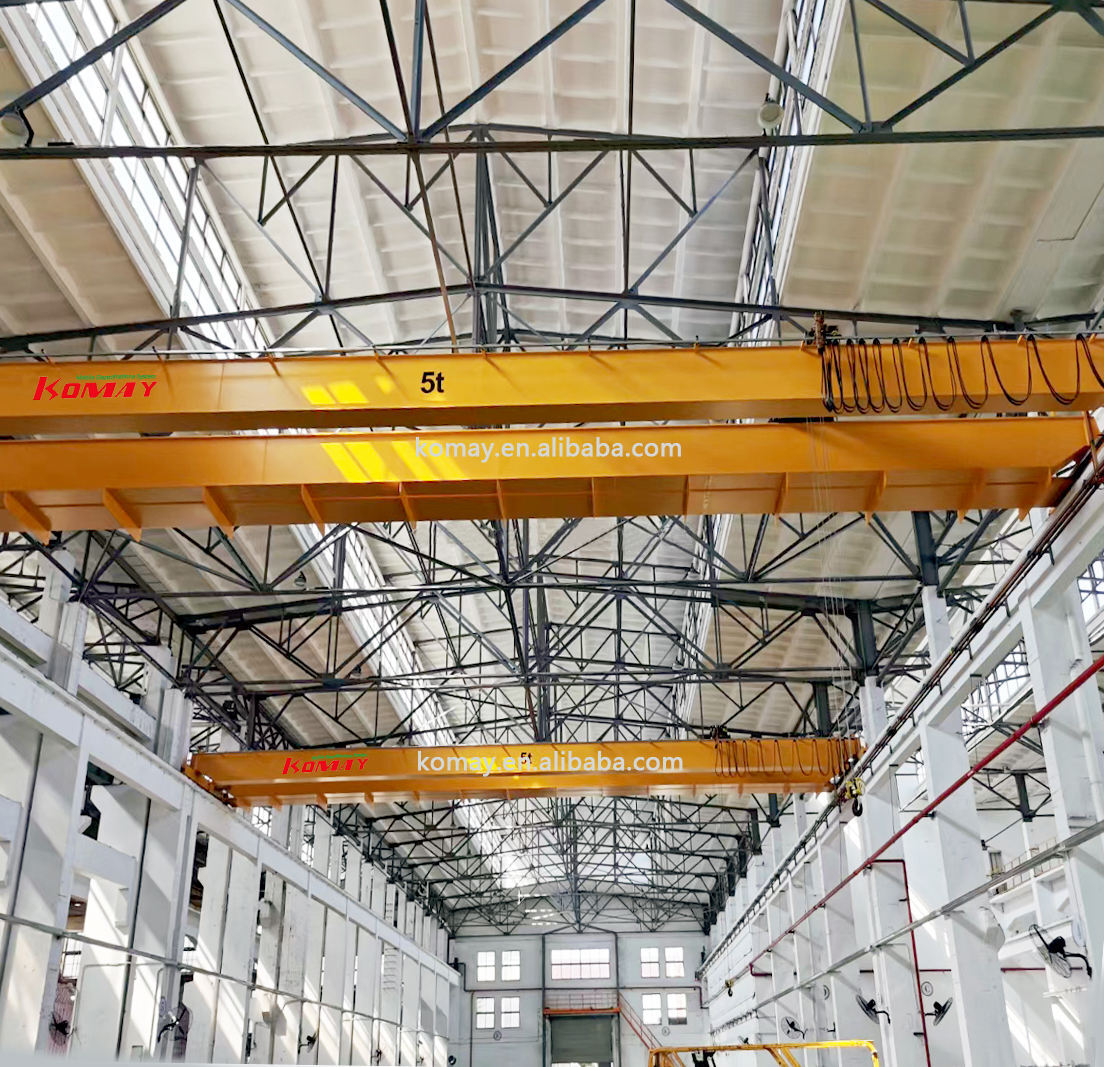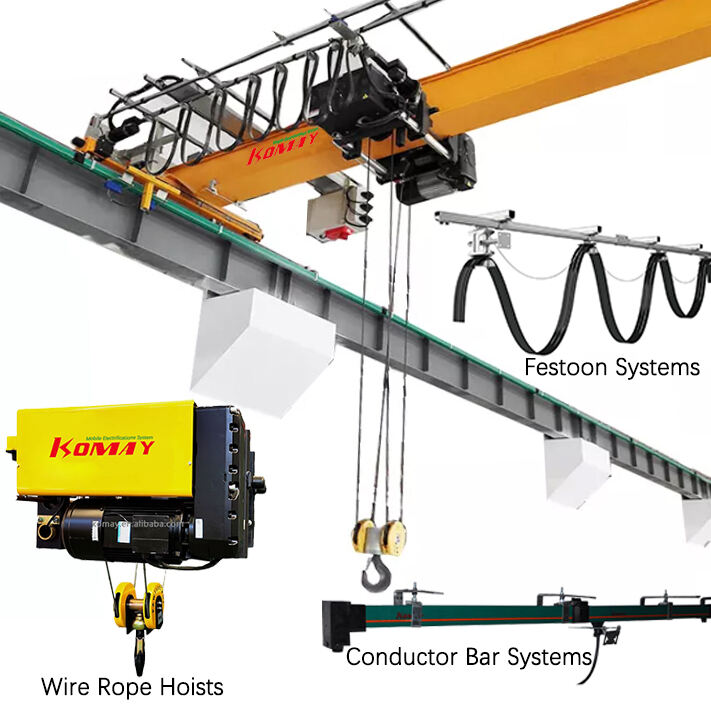Enhancing Factory Power Supply Safety: Core Advantages of Conductor Bars
Introduction
Stable and safe power supply is important in industrial environments to ensure efficiency and safety of workers. Although effective, traditional cabling systems usually pose challenges like overheating, wear and tear as well as complex maintenance. A better alternative would be conductor bars (or power distribution bars, or busbars) with better safety and reliability during factory power distribution. This article dwells on the essence of the conductor bar and the role it plays in enhancing the safety of power supply of factories.

Enhanced Electrical Safety
Conductor bars are manufactured out of sturdy type of insulators and this lessens the tendency of short circuiting, electrical fire and the accidental touching of the current. Conductor bars, unlike the usual cables, are sealed and enclosed, so that they are at minimum risk of fraying or wearing over long periods of time and are exposed to dust, wetness, and mechanical stress. Because of such design, there is a considerable reduction in the incidences of electrical hazards in an industrial setting.
Improved Energy Efficiency
Busbars have lower resistance than conventional wiring, and so waste less energy through heat dissipation. They have good conductivity to make them more energy efficient since the materials used to construct them are solid metal (usually copper or aluminum). It is more economical in the long run. The voltage in the factories that make use of conductor bars is also more constant thus avoiding variations of power that can harm sensitive devices.
Space-Saving and Modular Design
Conventional cabling systems utilize a lot of space in routing lots of wires and as such, they have cluttered and difficult to manage systems. Conductor bars, in their turn, are designed to be compact and modular, which provides easy mounting on ceilings, walls, or the floor. This simplified process does not only economize on space but also on future extensions or additions to the power distribution system.
Reduced Maintenance and Downtime
Conductor bars are less prone to loose connection in places since they are connected at fewer points as opposed to the traditional wiring which poses the risk of loosening and connecting thus delivering failures. They are long lasting giving them a high reliability so that one does not have to keep maintaining them on a frequent basis. They can also be easily diagnosed and spare parts changed thanks to their modularity significantly limiting factory downtimes.
Scalability for Industrial Growth
Its factories tend to grow thus needing more power distribution capacities. Easy scalability Conductor bars are easily expandable, with no large overhauls required in the event that new power lines need adding. This adaptability means that the factories will be able to align with the growing power usage without damaging safety and efficiency.
Better Heat Dissipation
Overheating is the typical problem of high-power industrial applications. The conductor bars are better thermally conductive than the standard cables and help heat dissipation better. The advanced busbar systems also come with cooling systems to boost their performance in high load settings.

Conclusion
Conductor bars are advanced and efficient since they are safer as compared to the traditional way of distribution of power within the factories. They have numerous advantages like improved safety, energy consumption, space usage, lesser maintenance and upgradability together with the better heat management; hence making them a perfect scenario in the context of supplying power in industries. Factories can guarantee a more stable, affordable, and safer source of electricity and boost operational efficiency over long-term stability by improving its electrical infrastructure by utilizing conductor bars.
Industries interested in renovating their power distribution systems have one future-proof solution that meets the two objectives of safety and efficiency, which is conductor bars.

 EN
EN
 AR
AR
 HR
HR
 CS
CS
 DA
DA
 NL
NL
 FI
FI
 FR
FR
 DE
DE
 EL
EL
 HI
HI
 IT
IT
 JA
JA
 KO
KO
 NO
NO
 PL
PL
 PT
PT
 RO
RO
 RU
RU
 ES
ES
 SV
SV
 TL
TL
 IW
IW
 ID
ID
 LV
LV
 LT
LT
 SR
SR
 SK
SK
 UK
UK
 VI
VI
 SQ
SQ
 HU
HU
 TH
TH
 TR
TR
 AF
AF
 MS
MS
 BN
BN
 MN
MN
 KK
KK
 KY
KY